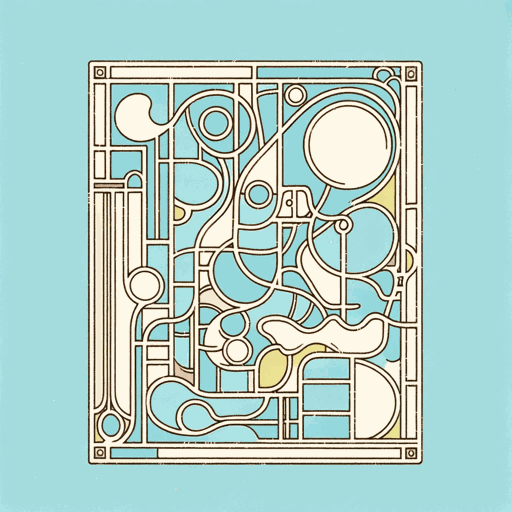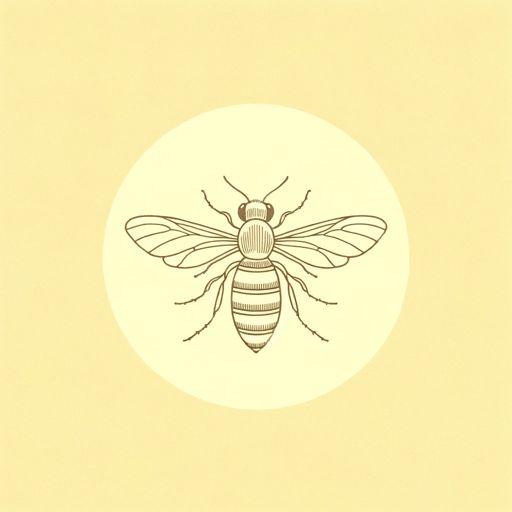53 pages • 1 hour read
Ilyasah Shabazz, Renée WatsonBetty Before X
Fiction | Novel | Middle Grade | Published in 2018A modern alternative to SparkNotes and CliffsNotes, SuperSummary offers high-quality Study Guides with detailed chapter summaries and analysis of major themes, characters, and more.
Symbols & Motifs
The Magnolia Trees
Content Warning: This section discusses anti-Black racism. It depicts scenes of racial discrimination and racist violence.
The magnolia tree is where Betty sees the two lynched bodies. This represents the end of her innocence in terms of the most lethal extremes of racism, even though she sees the bodies while still very young. The memory intrudes on her frequently: “Sometimes, when I’m not even trying to remember, I see those magnolia trees, the blooming white flowers” and the bodies hanging from them (14). The magnolia tree represents the perversity and hypocrisy of racism in America. In the story, the magnolia tree is part of the public landscape, a living piece of the infrastructure that is used to display the bodies of two of America’s citizens, in full view of anyone who passes. The killers use the tree so brazenly because they have no reason to think they will face consequences. A living thing that otherwise might be admired for its beauty becomes a tableau for unpunished murder and defiant, public racism. The magnolia trees also evokes Billie Holiday’s 1939 song, “Strange Fruit,” which describes the horrors of lynched bodies hanging from a tree.
Related Titles
By these authors
Featured Collections
African American Literature
View Collection
Books on Justice & Injustice
View Collection
Coming-of-Age Journeys
View Collection
Community
View Collection
Contemporary Books on Social Justice
View Collection
Equality
View Collection
Family
View Collection
Grief
View Collection
Mothers
View Collection
Valentine's Day Reads: The Theme of Love
View Collection



